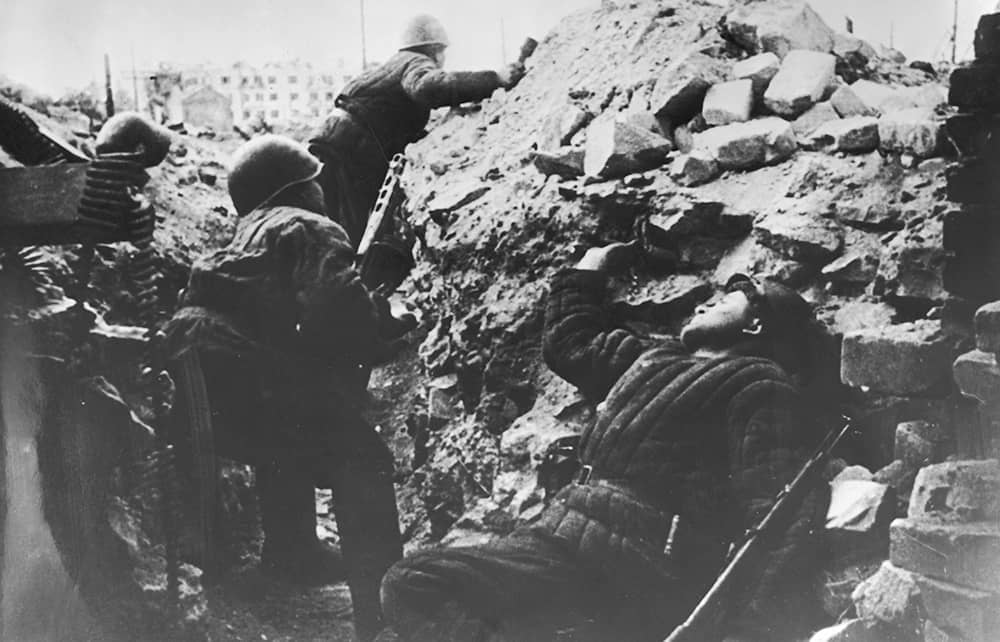Sometimes the struggle for a single small strongpoint can tip the whole balance of a greater battle. One thinks of the closing of the gates of Hougoumont farm at Waterloo, or the bloodless German seizure of Fort Douaumont at Verdun – an error it took an estimated 100,000 French lives to reverse. According to Iain MacGregor, this role at Stalingrad was played by a non-descript four-storey building in the city’s central district, codenamed ‘the Lighthouse’, but subsequently known as ‘Pavlov’s House’, after one of its garrison’s leaders, Sergeant Yakov Pavlov.
MacGregor’s meticulously researched narrative of the titanic battle that was the turning point of the second world war focuses on the epic two-month struggle for possession of this single structure between its Russian defenders and German attackers.
The dogged siege of the building – with much help from Soviet propaganda after it was eulogised in the army newspaper Stalin’s Banner – became emblematic of the wider battle that would represent the shattering of Hitler’s hopes of triumphal conquest and the beginning of his downfall.
So many of the features of the fighting at Stalingrad – the rattenkrieg hand-to-hand tussle waged for cellars that repeatedly changed hands, or for mounds of shell-pounded rubble that had been tenement blocks – were reproduced in miniature in the ding-dong struggle for the Lighthouse. Surrounded by the Germans on three sides, the house’s beleaguered defenders – stranded women civilians as well as soldiers – hung on grimly, knowing that if they lost it, the whole of Stalingrad could fall with it, allowing Hitler to claim a famous victory in the city that bore his rival dictator’s name.
The Lighthouse owed its importance to its strategic position. Sited on the 9th January Square on the banks of the Volga, it was one of the last toeholds in the city retained by the Red Army on the vast river’s western bank.








Comments
Join the debate for just £1 a month
Be part of the conversation with other Spectator readers by getting your first three months for £3.
UNLOCK ACCESS Just £1 a monthAlready a subscriber? Log in